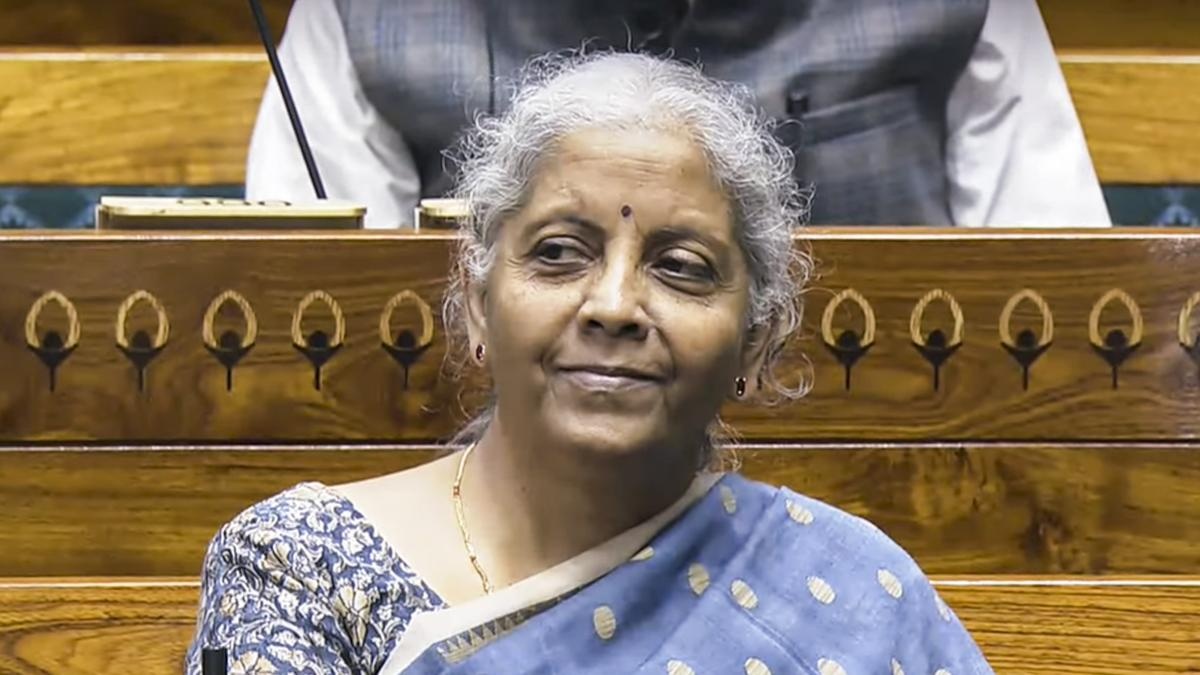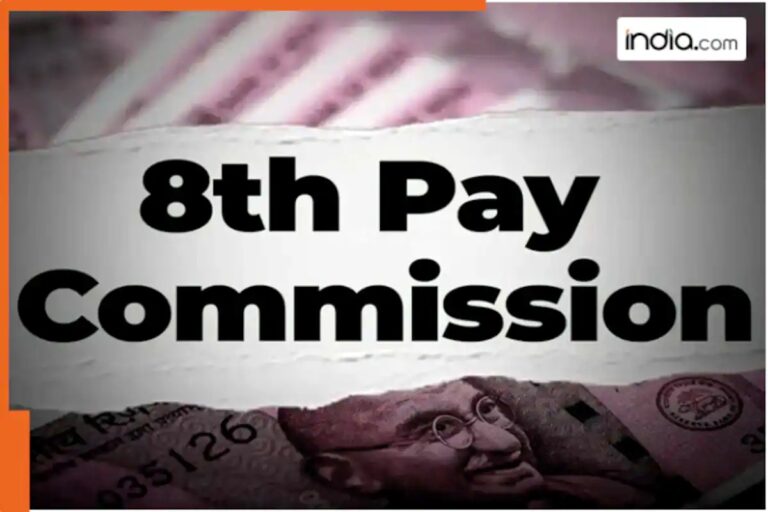
Government Pension Reforms Expand Benefits for Central Staff
Over 31,500 Central Government employees have enrolled in the Unified Pension Scheme (UPS) as of July 20, 2025, according to recent parliamentary disclosures. Finance Minister Nirmala Sitharaman revealed that the scheme, introduced under the National Pension System (NPS) on April 1, 2025, offers assured payouts and additional benefits to eligible staff. With the final enrollment deadline extended to September 30, 2025, the government aims to streamline pension management for over 25,000 retired subscribers. The UPS provides tax advantages similar to NPS and includes provisions for retirement gratuity and death gratuity, ensuring financial security for both active and retired employees. This reform addresses longstanding concerns about pension stability, offering a middle path between traditional schemes and modernized systems. The government emphasized that UPS remains exclusive to NPS-covered Central Government employees, with no immediate plans to expand benefits to other sectors.
Eligibility and Benefits Under the Unified Pension Scheme
The UPS extends its benefits to retired Central Government employees who served for at least 10 years and retired under specific rules before March 31, 2025. Minister Pankaj Chaudhary confirmed that 31,555 employees have opted for the scheme, with 4,978 claims processed for benefits. The government also clarified that UPS subscribers can access additional provisions under the CCS (Pension) Rules, 2021, or the CCS (Extraordinary Pension) Rules, 2023, in case of death during service or invalidation. These measures aim to create a more flexible yet secure pension framework, balancing financial responsibility with employee welfare. The extension of tax benefits under the Income Tax Act, 1961, further incentivizes participation, reflecting the government’s commitment to modernizing pension systems.
Implementation and Future Prospects of the UPS
As the UPS gains traction, officials stress its role in harmonizing pension management across Central Government departments. The scheme’s assured payouts and extended eligibility criteria address gaps in previous systems, providing clarity for employees nearing retirement. While the government has no immediate plans to expand UPS to other sectors, the focus remains on refining its implementation. The success of UPS could influence future pension reforms, particularly in ensuring long-term financial sustainability. With enrollment figures rising and benefits expanding, the UPS represents a significant step toward modernizing India’s public sector pension landscape. However, challenges such as awareness and administrative efficiency will determine its long-term impact on employee satisfaction and fiscal planning.
Key Statistics and Enrollment Trends
As of July 20, 2025, 7,253 claims have been received under UPS, with 4,978 processed for benefit payments. This highlights the scheme’s growing acceptance among Central Government employees, who are increasingly prioritizing financial security. The three-month extension of enrollment deadlines underscores the government’s efforts to accommodate employee concerns and ensure equitable access. With over 25,000 retired subscribers eligible for additional benefits, the UPS’s impact on pension management is expected to be substantial. The scheme’s integration with existing pension rules also simplifies administrative processes, reducing bureaucratic hurdles for both employees and authorities. These developments signal a proactive approach to pension reform, balancing employee needs with fiscal prudence.
Government’s Stance on Pension Scheme Expansion
Finance Minister Nirmala Sitharaman clarified that UPS remains exclusively for NPS-covered Central Government employees, rejecting calls for broader implementation. This stance ensures focused resource allocation while maintaining the scheme’s integrity. The government’s emphasis on maintaining existing pension frameworks for other sectors highlights a strategic approach to reform. By concentrating on refining UPS rather than expanding it, officials aim to address immediate concerns without overburdening the system. This approach also allows for better monitoring of the scheme’s effectiveness before considering wider applications. The UPS’s success will depend on its ability to meet employee expectations while adhering to fiscal constraints, setting a precedent for future pension policy decisions.




